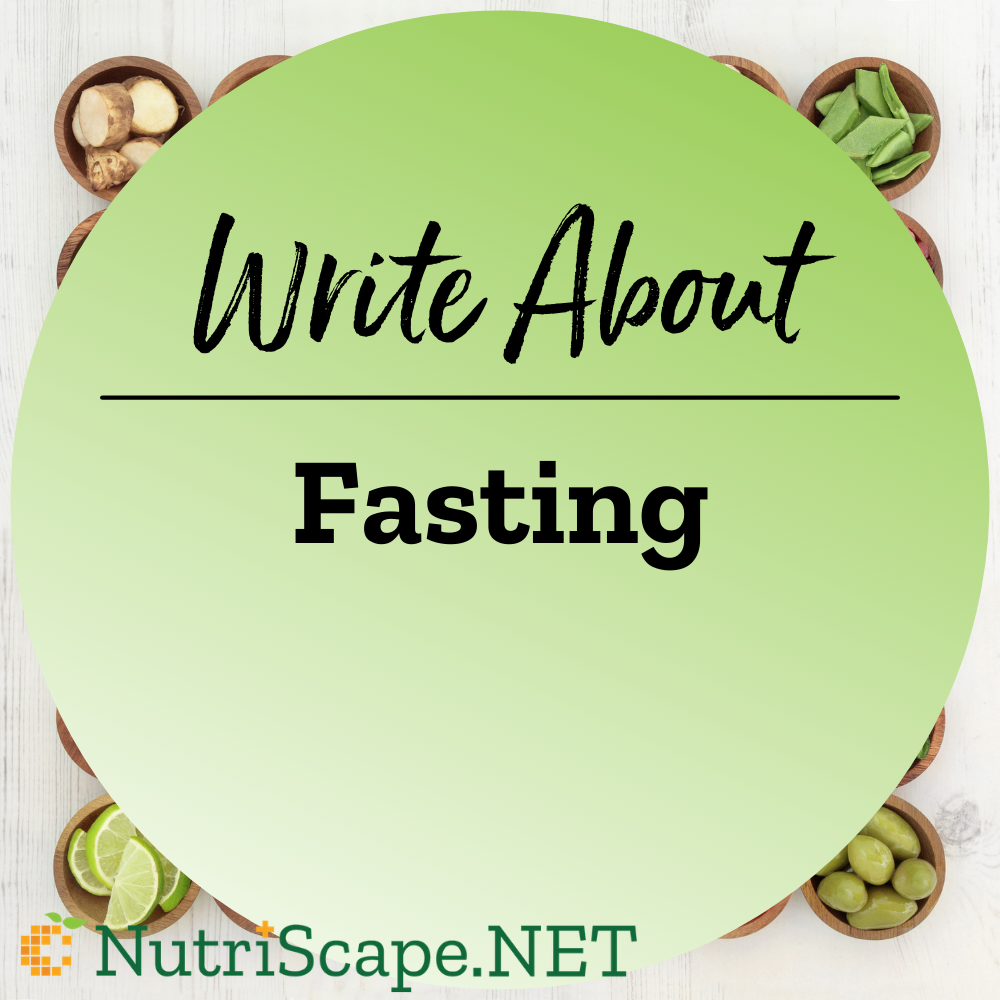
The only scientific intermittent fasting diet developed By Dr. Valter Longo at the University of Southern California.”

The only scientific intermittent fasting diet developed By Dr. Valter Longo at the University of Southern California.”
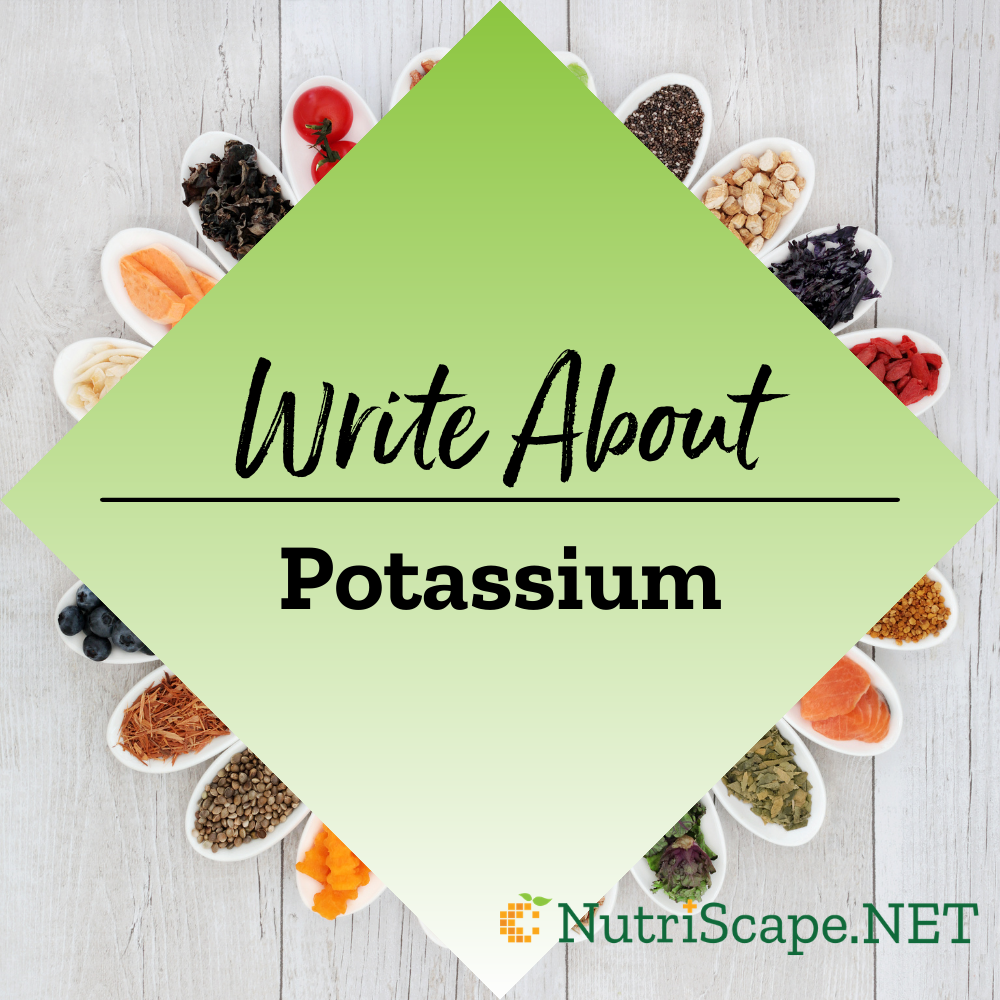

Our delicious flavors without the dairy”


Antibiotics attack and destroy bacteria in the body. They can get rid of an infection, but they can also harm the beneficial bacteria in the gut. In this article, learn which foods can reduce the side effects of antibiotics, promote healing, and restore the balance in the gut microbiome.”
Source: What to eat on antibiotics: During and after treatment
Your writing adds immense value to The NutriScape Project’s educational mission and places our writers as experts in the field. It can deliver you attention from your perfect clients so that they can connect—that’s what it’s all about. But first, let’s make sure this article is going to get the attention it deserves.
We want to make it easy to write great articles that get awesome levels of traffic. That requires SEO. SEO is the art and science of getting found on Google. It is a highly technical topic that most dietitians prefer not to tackle. And SEO is best done before any writing even takes place.
Our specialist dietitian has already done much of the SEO work for you–researching and testing out the best keywords and heading structure to include to make your article show up in internet searches.
Coming up with the best keywords is tricky. Many of the keywords we would normally think of having either too much competition or too little search traffic. You will want to use the keyword/keyphrase in the first paragraph of your article and several more times.
According to our research, these are the best keyword(s) or keyphrase(s) to include in your article:
Readers love easy reading! Google looks for readability and scanability, so headings are important. Headings make your article easy to scan and can also break up long blocks of text that tend to overwhelm your readers.
During the keyword research process, these heading ideas came up in the top-rated articles and searches. If these headings fit the topic you are writing about and the article you want to write, they would probably help the article rank well in Google searches. They are only suggestions, so if they don’t fit what you are writing, you will want to create something better. Here are the headings our SEO dietitian suggested for this article:
This resource is sure to help as you organize your thoughts:

Children whose mothers ate foods fortified with folic acid during pregnancy showed improved cortical development and, as young adults, reduced risk of psychosis, researchers said.”
Source: Folic Acid Benefits Go Beyond Preventing Birth Defects

This article discusses the association of a high-carbohydrate diet with postprandial hyperinsulinemia, deposition of calories in fat cells instead of oxidation in lean tissues, and predisposion to weight gain through increased hunger, slowing metabolic rate, or both.”
Source: The Carbohydrate-Insulin Model of Obesity
Although all dietitians are well-versed in academic writing, it can be a challenge to organize our vast knowledge in a way that hits the right chord for readers on the web. Before you sit down to write your epic article, save yourself some time by investing an hour in learning the basics of a solid writing process that can help you create your very best work.
We’ve scoured the internet for the best practices on writing and distilled the information to meet the needs of NutriScape writers. In our 1-hour CEU presentation, “Copywriting Skills for the Internet”, we discuss a structured process for each phase of writing and cover critical SEO principles that are key to getting articles found on Google.
This writer’s guide is a resource that will be sure to help as you organize your thoughts:
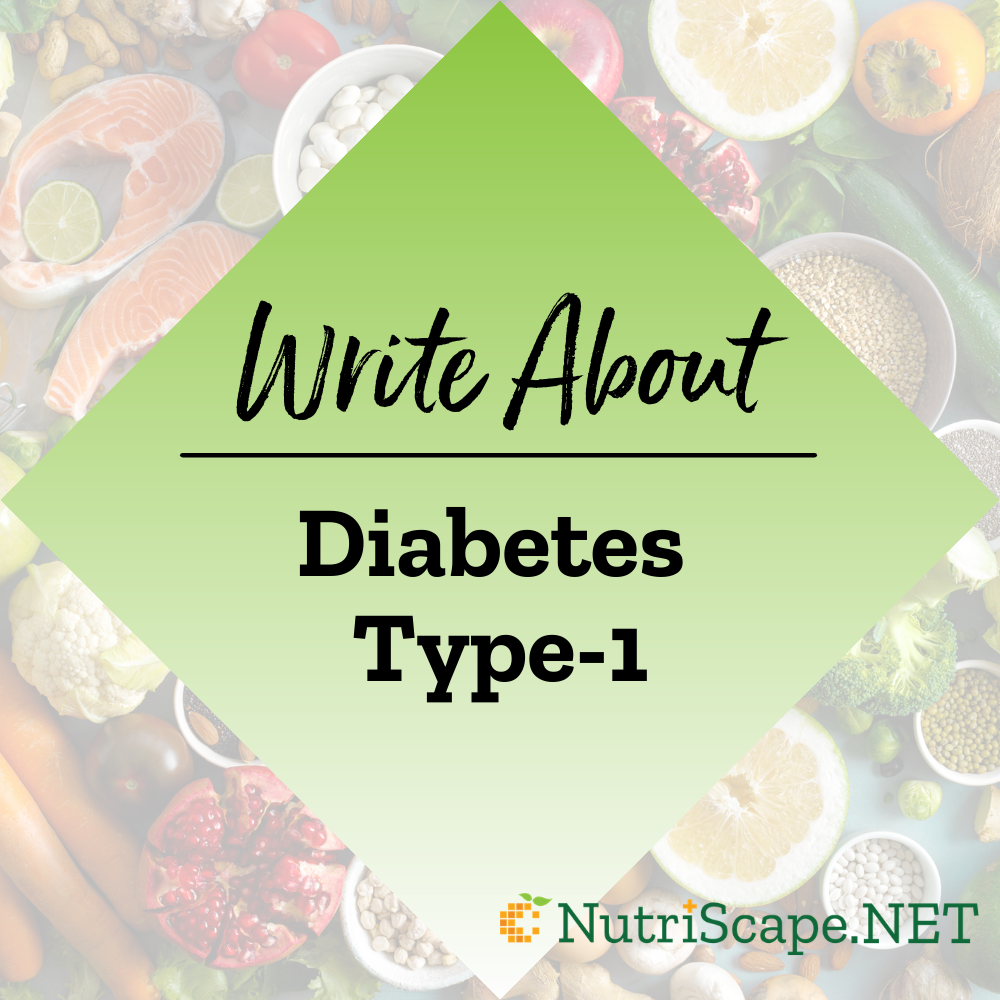
Teenagers and young adults with type 1 diabetes commonly feel stigmatised which affects how they control their condition. A Canadian study found that two-thirds of participants experienced stigma, which was more predominant among females compared to males.”
Source: Researchers bid to tackle stigma following study of adolescents with type 1 diabetes

Overweight and obese young adults are twice as likely as those who are thinner to try to control their weight through binging and purging, using laxatives or diuretics, or forcing themselves to vomit, a new study finds.”

Your genes can determine whether you’re a morning person or night owl.”
Source: Why eight hours a night isn’t enough, according to a leading sleep scientist
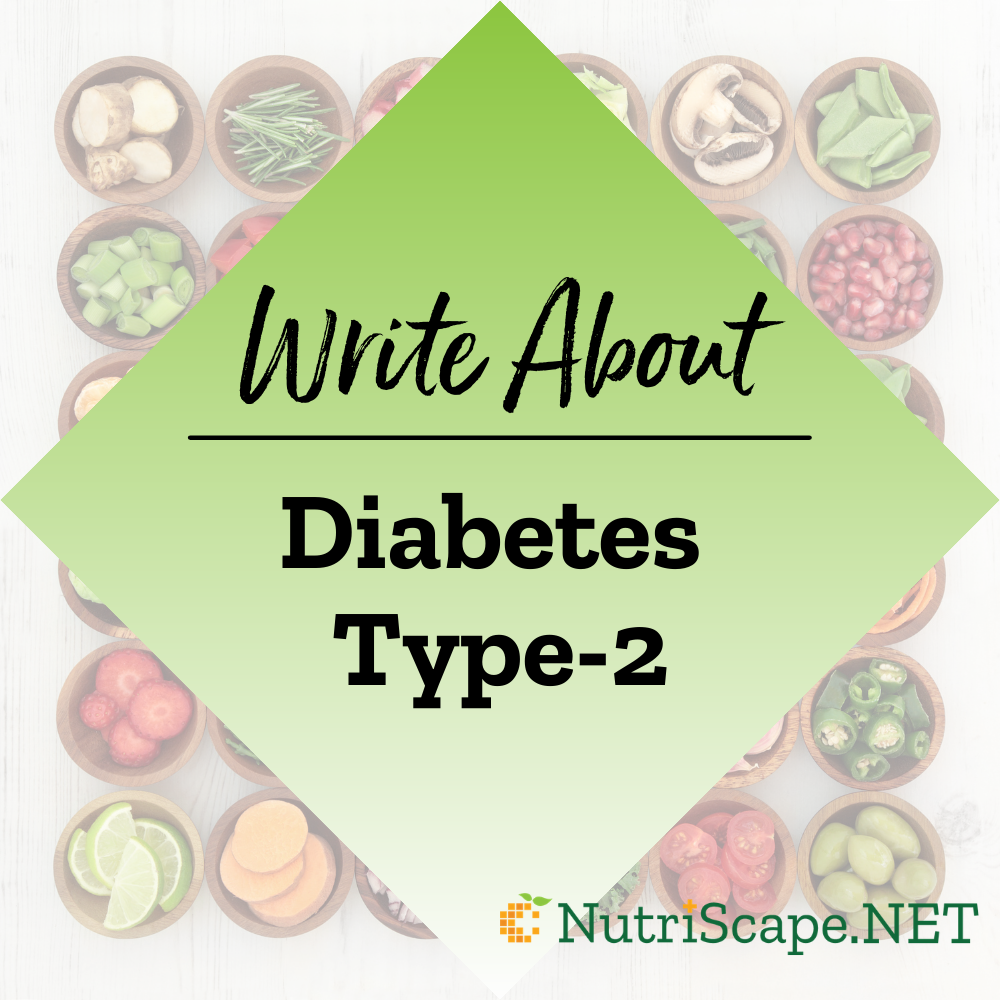
Obesity paradox was pronounced in current smokers, and absent in never smokers”
Source: Obesity Paradox Seen in T2DM Modified by Smoking Status

When someone is diagnosed with diabetes, other family members seem more likely to adopt health lifestyle changes, too.”
Source: Diabetes Diagnosis ‘Silver Lining’? Other Family Members’ Health May Improve

Keeping weight off after a successful diet has traditionally posed a difficult challenge for dieters, but researchers in Oulu Finland have just published a study in the Journal of Internal Medicine that highlighted how a hybrid web-based intervention could help for the long run.
Source: Hybrid of online support, therapy helps maintain weight loss
Although all dietitians are well-versed in academic writing, it can be a challenge to organize our vast knowledge in a way that hits the right chord for readers on the web. Before you sit down to write your epic article, save yourself some time by investing an hour in learning the basics of a solid writing process that can help you create your very best work.
We’ve scoured the internet for the best practices on writing and distilled the information to meet the needs of NutriScape writers. In our 1-hour CEU presentation, “Copywriting Skills for the Internet”, we discuss a structured process for each phase of writing and cover critical SEO principles that are key to getting articles found on Google.
This writer’s guide is a resource that will be sure to help as you organize your thoughts:

As dietitians we need to attend to boundary issues that come up between us and our patients and clients. Dietitians of Canada has put together an excellent resource on which to write an article.

Vitamin D supplementation may be an effective strategy to slow or reverse the progression from prediabetes to diabetes, according to results of a meta-anlysis published in the Journal of the Endocrine Society.“Vitamin D deficiency and type 2 diabetes are escalating health problems worldwide,”
Source: Increased vitamin D aids in type 2 diabetes prevention efforts
Your writing adds immense value to The NutriScape Project’s educational mission and places our writers as experts in the field. It can deliver you attention from your perfect clients so that they can connect—that’s what it’s all about. But first, let’s make sure this article is going to get the attention it deserves.
We want to make it easy to write great articles that get awesome levels of traffic. That requires SEO. SEO is the art and science of getting found on Google. It is a highly technical topic that most dietitians prefer not to tackle. And SEO is best done before any writing even takes place.
Our specialist dietitian has already done much of the SEO work for you–researching and testing out the best keywords and heading structure to include to make your article show up in internet searches.
Coming up with the best keywords is tricky. Many of the keywords we would normally think of having either too much competition or too little search traffic. You will want to use the keyword/keyphrase in the first paragraph of your article and several more times.
According to our research, these are the best keyword(s) or keyphrase(s) to include in your article:
Readers love easy reading! Google looks for readability and scanability, so headings are important. Headings make your article easy to scan and can also break up long blocks of text that tend to overwhelm your readers.
During the keyword research process, these heading ideas came up in the top-rated articles and searches. If these headings fit the topic you are writing about and the article you want to write, they would probably help the article rank well in Google searches. They are only suggestions, so if they don’t fit what you are writing, you will want to create something better. Here are the headings our SEO dietitian suggested for this article:
This resource is sure to help as you organize your thoughts:
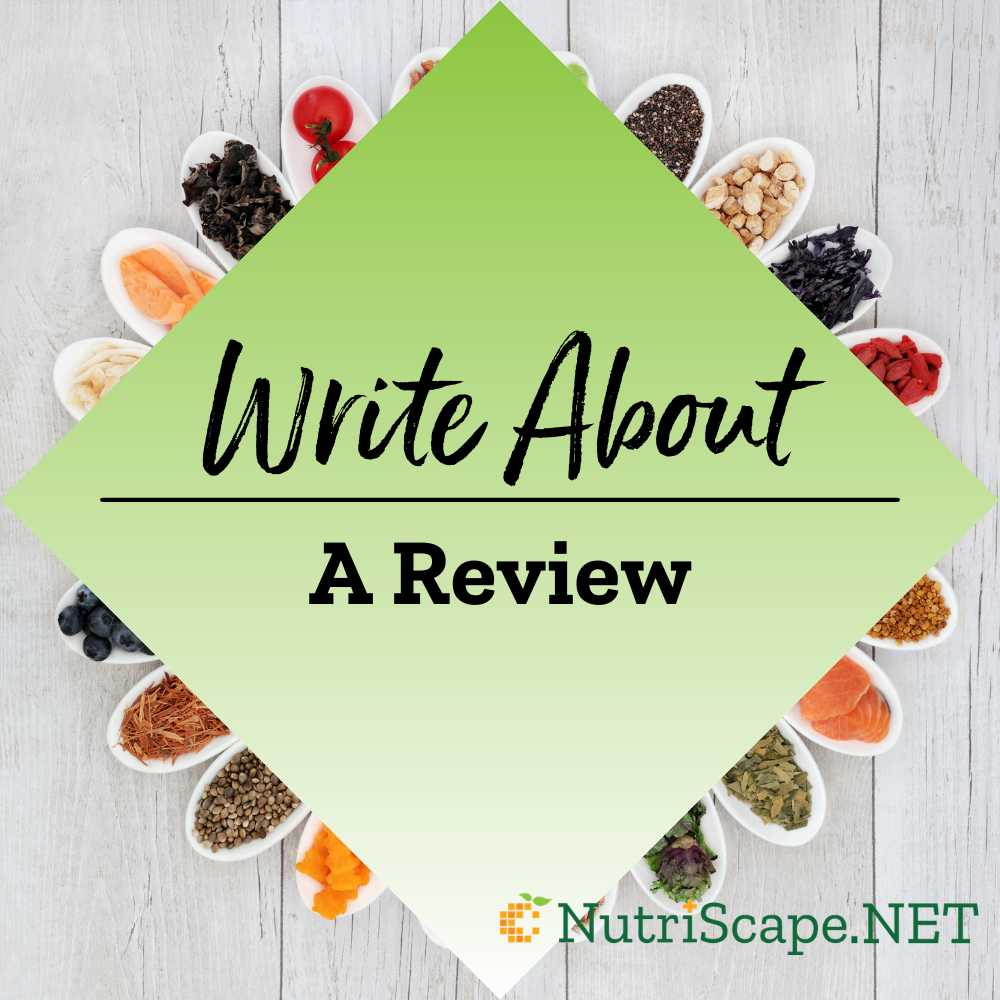
Faced with increasing health care costs, it is incumbent to discern whether managing dyslipidemia with medical nutrition therapy (MNT) by a registered dietitian nutritionist (RDN) is clinically and cost effective.”
Although all dietitians are well-versed in academic writing, it can be a challenge to organize our vast knowledge in a way that hits the right chord for readers on the web. Before you sit down to write your epic article, save yourself some time by investing an hour in learning the basics of a solid writing process that can help you create your very best work.
We’ve scoured the internet for the best practices on writing and distilled the information to meet the needs of NutriScape writers. In our 1-hour CEU presentation, “Copywriting Skills for the Internet”, we discuss a structured process for each phase of writing and cover critical SEO principles that are key to getting articles found on Google.
This writer’s guide is a resource that will be sure to help as you organize your thoughts:
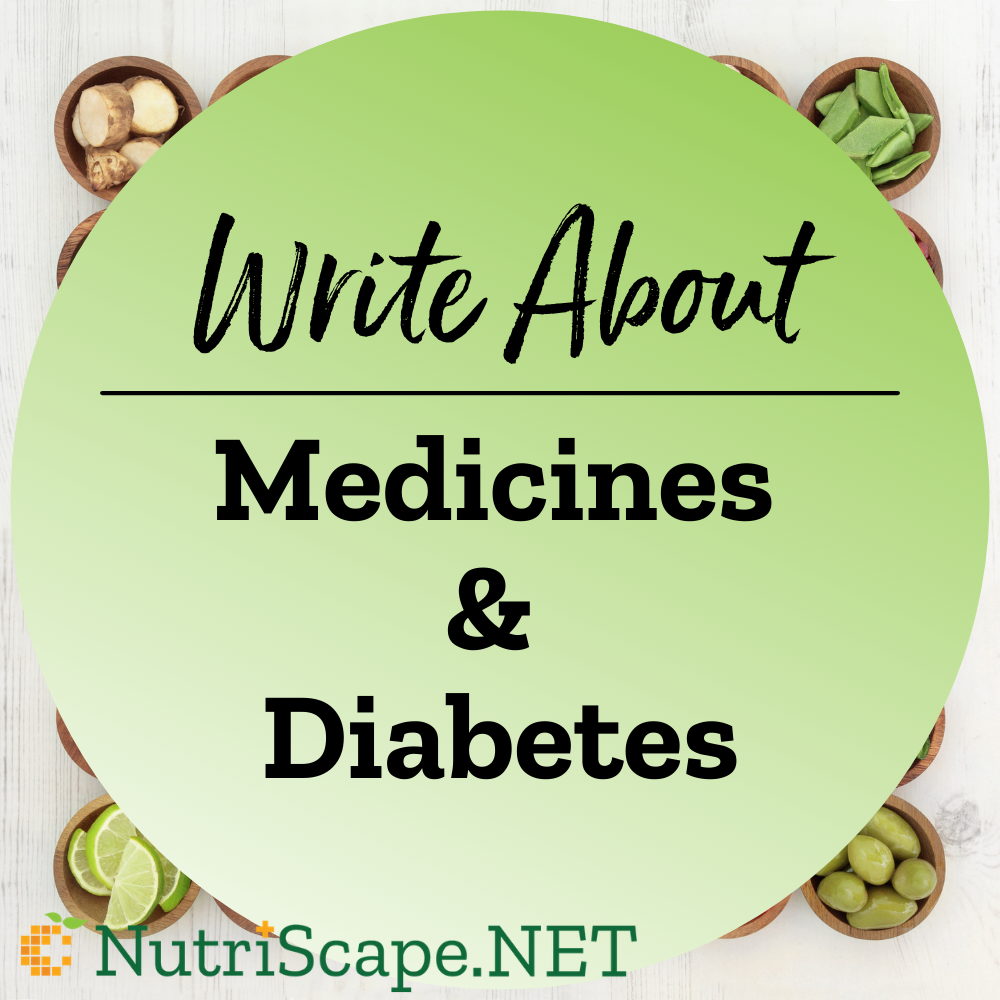
Significantly lower annualized rates of documented symptomatic hypoglycemia than Gla-100
Source: Insulin Glargine 300 Safe, Effective in Seniors With T2DM

Although high saturated fat levels in red meat have been with associated with the buildup of plaque in the heart’s arteries, researchers for the first time found that some people face an increased risk because of an allergen in red meat.”



Hypothyroidism and hyperthyroidism are common conditions that have lifelong effects on health. In the United States, approximately 5% of adults have thyroid disease or take thyroid medication. These conditions are usually seen first in primary care settings, but they frequently go undiagnosed for years.”
Source: The Subtleties of Thyroid Disease Management for the Non-Endocrinologist

Despite a high prevalence of disordered eating behaviors (DEBs), overweight or obese young adults were less likely than those with normal weight or underweight to receive a clinical diagnosis of an eating disorder, researchers reported.”
Source: Eating Disorders Common in Overweight, Obese Young Adults

Both education/behavioral and emotion-focused approaches produce similar results”
Source: Programs Can Lower Diabetes Distress in Adults With T1DM

Background: A novel, factory-calibrated, flash continuous glucose monitoring system (flash CGM; FreeStyle Libre™ system) was approved by FDA in September 2017. The clinical benefit of flash CGM as a replacement for routine self-monitoring of blood glucose (SMBG) for people using MDI therapy has been assessed in RCTs in T1DM (Bolinder, 2016) and T2DM (Haak,2017). In both 6-month studies, people using flash CGM achieved a substantial reduction in hypoglycemia compared with those using SMBG, without increasing HbA1c or reducing the dose of insulin.”


These data suggest the need for targeted interventions in children with psychotic experiences to prevent disordered eating behaviors in later adolescence.”
Source: Psychotic Experiences Associated With Increased Risk for Eating Disorders in Adolescents


Identifying phases of C-peptide decline may be valuable for understanding β-cell survival.”
Source: Two Phases of C-Peptide Decline Identified in Type I Diabetes
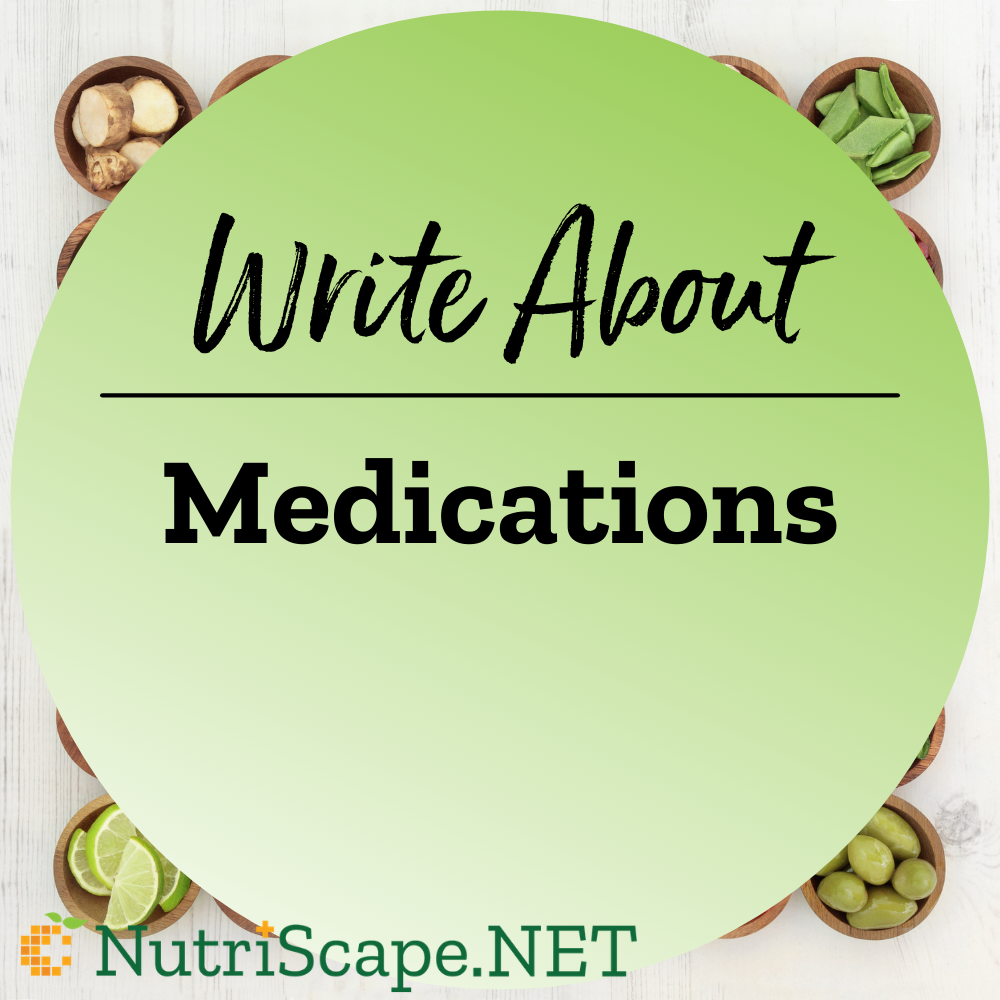
Uniform dosing questioned considering the range of body sizes in the general population”
Source: Down with One-Size-Fits-All Approach to Aspirin, Researchers Argue

New research challenges the widely held belief that full-fat dairy must be avoided. In fact, some types of dairy may even prevent stroke, says the study.”

Among adults with type 2 diabetes, each 1% increase in HbA1c during 10 years increases the risk for diabetic polyneuropathy by nearly 66%, according to data from the ADDITION-Denmark study published in Diabetes Care.”
Source: Rate of HbA1c increase influences risk for diabetic polyneuropathy

The ratio of leptin to adiponectin may be a useful surrogate biomarker for early obesity-related metabolic disorders, such as leptin resistance, insulin resistance and delayed postprandial triglyceride clearance, according to a study published in Nutrition, Metabolism & Cardiovascular Diseases.”
Source: Leptin to adiponectin ratio may predict metabolic dysfunction in obesity



A new genome signature has been identified which could reveal how lifestyle interventions work in the bodies of people at risk of type 2 diabetes. Scottish scientists believe this is the first reliable signature for insulin sensitivity in human muscle, and could explain why some people benefit from lifestyle changes more than others.”
Source: Genome signature identified which could explain how the body battles against type 2 diabetes

Examine.com – Independent scientific information on supplements & nutrition. Everything on Examine.com is backed with citations to published scientific studies.”
Source: A-to-Z Supplement Reference

Eat This Much automatically creates custom meal plans for your diet goals. Perfect for weight loss, bodybuilding, Vegan, Paleo, Atkins and more!

ACC review tackles what clinicians should know on trendy foods
Source: Heart Diet Hype vs Heros: Seaweed, Omega-3s, Mushrooms

However, somewhat more weight loss with intermittent semi-fasting.”
Source: Similar A1c Effect for Intermittent vs Continually Restricted Diets

EatLove PRO for dietitians provides greater customization features for active patient engagement and meal plans.”
Source: EatLove

Remission of type 2 diabetes achieved by a large proportion of patients with a weight-loss intervention in the DiRECT trial emphasized the importance of excess body fat in the disease. Now researchers have been uncovering just how this works.”